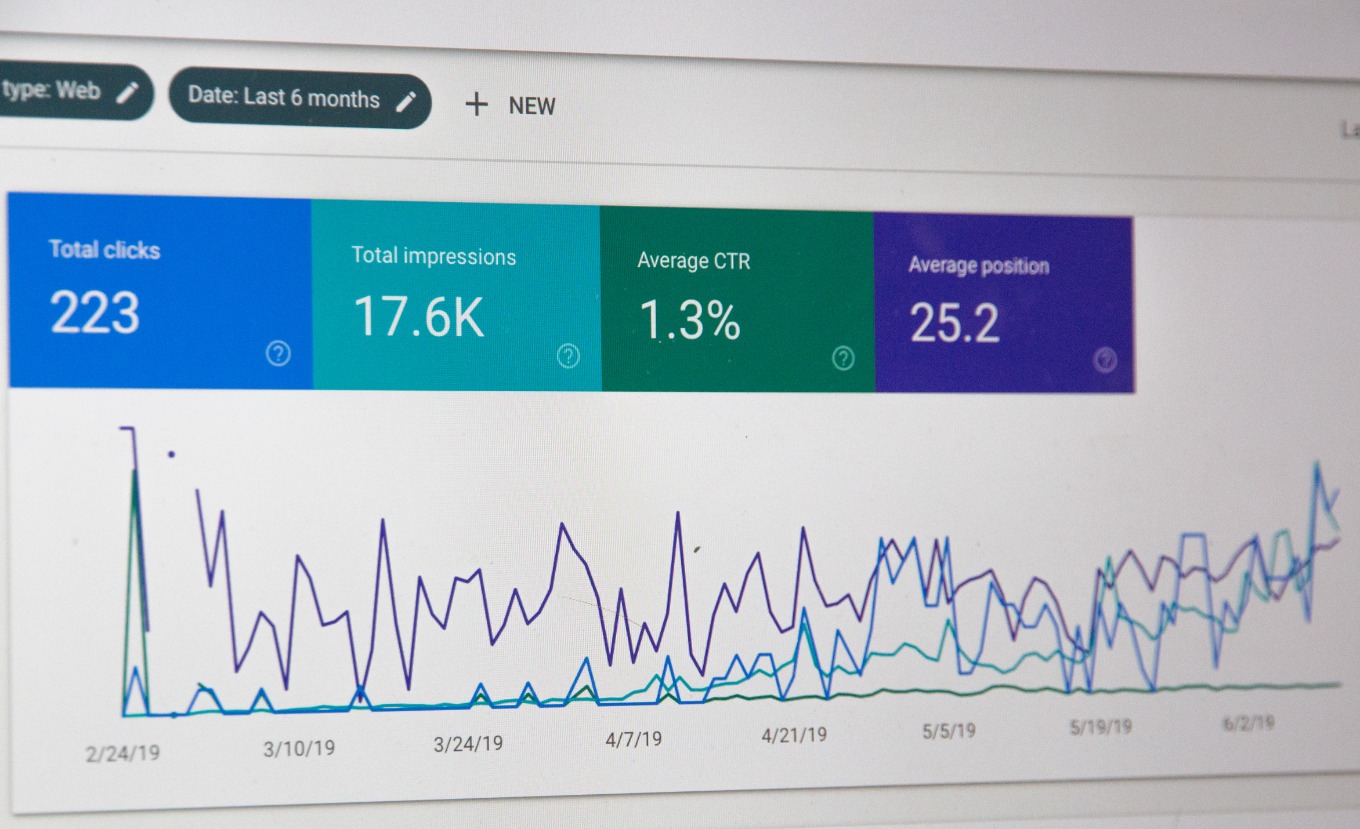How to Strategically Budget for Debt Recovery Services in California
In the realm of financial management, the specter of outstanding debts can often cast a long and unwelcome shadow. To illuminate this shadow and bring light to a brighter financial future, one often requires the expertise and assistance of debt recovery services. As we turn our attention to the Golden State, the focus of our discussion is on how to budget judiciously for debt recovery services in California.
Debt recovery services play a vital role in the financial ecosystem. Simply put, these entities specialize in the retrieval of funds that are overdue or unpaid, often on behalf of the entities to whom the debt is owed. The outstanding amount could be for a variety of reasons, ranging from personal loans and credit card bills, to unpaid invoices from businesses.
In California, the context for debt recovery services is unique due to the state’s specific laws and economic climate. The Fair Debt Collection Practices Act (FDCPA), a federal law, and the Rosenthal Fair Debt Collection Practices Act, a California state law, both regulate debt recovery practices to protect consumers from abusive, unfair, or deceptive practices. Therefore, budgeting for such services necessitates an understanding of how these laws might impact the cost and timeline of debt recovery.
The process of budgeting for debt recovery services is multifaceted and depends on several key factors. Among these are the complexity of the case, volume of the debts, the age of the debts, and the financial standing of the debtor. The cost of these services can range anywhere from a flat fee to a percentage of the recovered debt. The strategy for budgeting, therefore, involves a comprehensive assessment of these factors to ensure the cost-effectiveness of engaging such services.
The first step in this process is to understand the nature and volume of the outstanding debts. This analytical process, governed by the principles of microeconomics, determines the demand for goods and services in individual markets. In the case of debt recovery, the goods and/or services are the debts themselves. By comprehending this, a more accurate estimate of the budget necessary can be formulated.
Next, a detailed analysis of the debtor’s financial situation is necessary. The use of statistical methodologies such as regression analysis could be useful in predicting the debtor’s ability to pay. This is based on variables such as income, net worth and credit history. This information can then guide the decision of whether to pursue legal action, which may add to the cost of recovery.
In cases where legal action is pursued, a cost-benefit analysis should be conducted. This involves weighing the potential recovery of the debt against the costs associated with such an action, including attorney fees and court costs. This is where knowledge of the California legal landscape is crucial. It is important to note that both the FDCPA and the Rosenthal Act allow for the recovery of legal fees from the debtor in successful actions, which could factor into this analysis.
Utilizing the principles of game theory, which is the mathematical modeling of strategic interaction among rational decision-makers, can also aid in decision-making. This can help predict potential outcomes and choose the most cost-effective strategy.
Lastly, it is vital to consider the time factor. The older a debt is, the harder it may be to recover. Therefore, engaging a debt recovery service sooner rather than later could be more cost-effective, as it increases the likelihood of successful recovery.
To summarize, budgeting for debt recovery services in California is a strategic process that requires an understanding of not only the financial landscape but also the particular laws and economic climate of the state. With careful analysis and decision-making, this process can lead to a successful debt recovery strategy that maximizes the likelihood of recouping the outstanding amount in the most cost-effective manner.
In conclusion, by approaching the budgeting process from a strategic standpoint that includes a robust analysis of the relevant economic, legal, and statistical factors, one can achieve optimal outcomes. Despite the complexities and challenges, with the right knowledge and approach, the shadow of outstanding debts can indeed be illuminated.
To illuminate this shadow and bring light to a brighter financial future, one often requires the expertise and assistance of debt recovery services.






